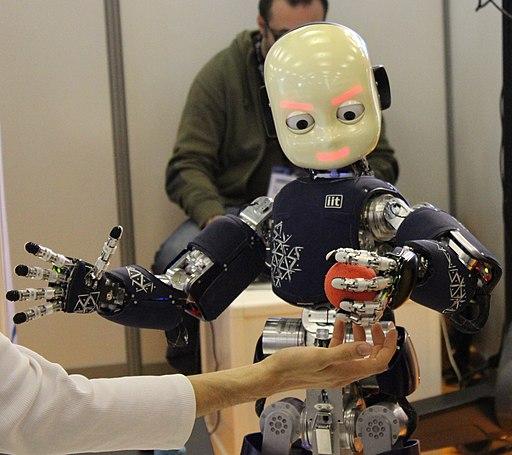The Chinese media recently reported on a neurosurgeon successfully performing “brain surgery” robotically from a distance of 3000 kilometers. And while it was picked up and rebroadcast in the tech sector, it had little play in medicine’s internet. Are we closer to telesurgery? Despite the hoped-for hype, I suspect that the answer is we don’t know.
The neurosurgeon routinely travels the 3000 kilometers from Beijing to Hainan Hospital to provide neurosurgical care. A patient, in Beijing, required a brain implant for Parkinson’s Disease and “could not wait” for the doctors return, so the operation was performed by telesurgery using China’s rapidly developing 5G network. This feat of technology followed on the heels of a report of surgeons directing other surgeons at a distance using a new 5G network.
If you read the articles you will see more attention is paid to the 5G network and Huawei, the Chinese telecommunications company that has been a security concern to the US and has been in the news for the detainment, at the request of the US, of their chief financial officer, the daughter of the founder, for business dealings with Iran. 5G is the next generation of wireless communication that will be 10 to 100 times as fast as the 4G networks we currently use. Their importance to telesurgery is that the faster speeds reduce the latency – the time between when the surgeon moves the control and the control itself moves. The new network reduces latency to the degree that it is barely perceived making robotic control at a distance feasible.
But is robotic control the same as surgery?
If you look simply at the task of carrying out some procedure in an operating room than the answer is maybe. But surgery begins long before the patient is in the OR and ends many days after. Remote surgery still has to address the problem of what to do in an emergency when robots are insufficient, and you need to open the patient up and fix a dire predicament. The medical term is open conversion rate and for two of our most frequently performed laparoscopic/robotic procedures, removal of the gall bladder or uterus, that rate is about 3 to 4%. And these are procedures we have been doing for decades. [1] The Chinese procedure was performed with surgeons at both sites, but the operating surgeon was more experienced. At best we might say that the surgery demonstrates the feasibility of more experienced surgeons assisting and augmenting the care provided by surgeons without the same expertise but with similar skill sets.
Of course, focusing on the surgeon and the surgery fails to consider the post-operative recovery of the patient and dismisses the role of experienced nursing care. For all the studies of how surgical outcomes improve with larger case volumes, the proxy for experience, none have separated the work of the surgeon from the team that provided the care in and after the operating room. Every surgical procedure has a unique path of recovery with subtle changes that appear before complications are present, changes that experienced nurses and physicians identify and allow them to intervene. While the 5G network might allow expertise to travel in the OR, there is no evidence of how that experience will travel to the bedside.
And we must also consider that operating at a distance has its own unique vulnerabilities. The connection between the systems can be lost, or a malicious “actor” can hack into the system and hijack the controls. It is the latter concern that makes the US so concerned about Chinese development of 5G hardware; it is a security risk if malware is built into the devices – just like the Iran centrifuges were compromised.
The surgery was a demonstration of technical expertise and should be applauded. But it was surgery and not surgical care, and we should remember the distinction when we hear the hype.
[1] Conversion of laparoscopic to open cholecystectomy in the current era of laparoscopic surgeryAm Surg, and Risk Factors and Outcomes for Conversion to Laparotomy of Laparoscopic Hysterectomy in Benign Gynecology Obst Gynecol.




